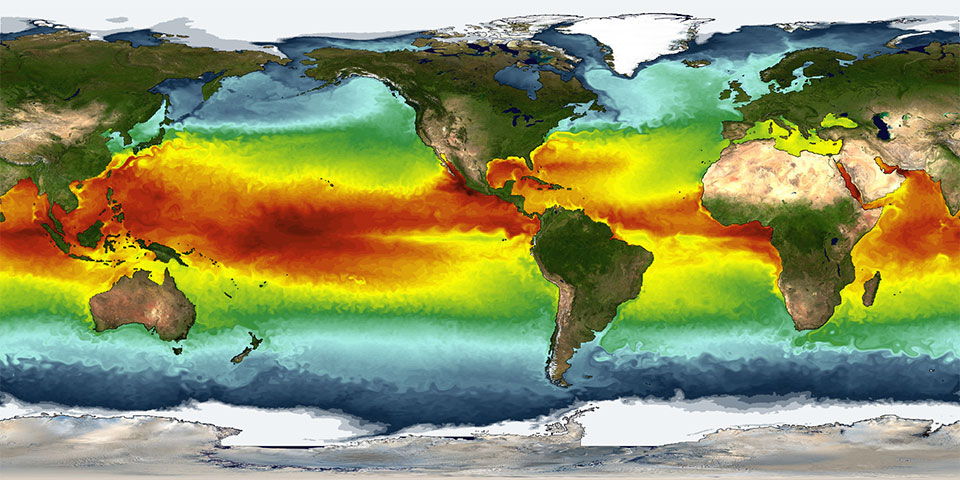Someday, humans will get it together and dramatically reduce greenhouse gas emissions. But—not to fact check your daydreams too strictly here—how exactly will global temperatures respond to that day? This is a question climate science has long worked to answer, although devils in the details have led to some confusion.
A new study led by Nanjing University’s Chen Zhou tracks down another devil and puts it on display. Research has increasingly shown that it’s not just the planet’s average surface temperature that matters for tracking warming, but the spatial pattern of those temperatures. That can be important for calculating things like the climate’s sensitivity to greenhouse gases, but it hasn’t been accounted for in some methods of estimating how emissions cuts affect warming.
Seeing a pattern
This “pattern effect” of warming in different areas of the globe influences the way the planet sheds heat back to space. For example, if warming is a little stronger in the western equatorial Pacific Ocean—which it has been—that region is better at producing sunlight-reflecting cloud cover and releasing heat upward. If you assume the warming is occurring evenly around the world, you will miss that slightly offsetting behavior.
Building on previous work, the researchers calculated the influence of the pattern effect on today’s world by comparing historical observations to climate model simulations of a pre-Industrial-Revolution climate. They then tested the pattern effect numbers using satellite measurements of Earth’s overall energy balance for the last few decades. With no pattern effect, the estimated accumulation of energy in Earth’s climate runs a little higher than the satellite measurements. But mixing in their pattern effect numbers results in predictions that match the measurements nicely, including year-to-year wiggles.
What does that mean for a low-emissions future? One way to calculate this has been to use the observed human-caused strengthening of the greenhouse effect and past temperature change. Based on this calculation of the Earth’s climate sensitivity, you could then ask how much warming should occur once greenhouse gases stop increasing. Because the climate (primarily the oceans) cannot instantaneously equilibrate to a stronger greenhouse effect, temperatures take a while to fully catch up.


 Loading comments...
Loading comments...
